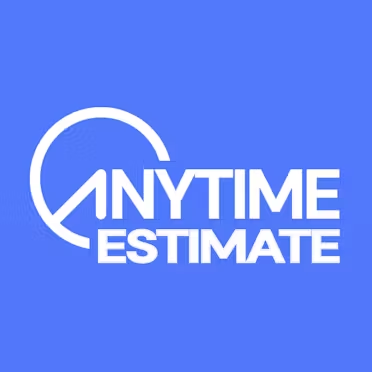There are six different ways you can receive the proceeds from a reverse mortgage (which is also known as the home equity conversion mortgage or HECM).
The U.S. Department of Housing and Urban Development, which regulates HECMs, calls the choices “payment plans.” You can choose to receive a lump sum up front, establish a line of credit that you can draw upon as needed, receive equal monthly payments, or pick some combination of these options.
Due to changes in the reverse mortgage program, a fixed interest rate option is only available with the lump-sum distribution. The various monthly programs are based on an adjustable interest rate. This means that the home equity can decrease as the variable interest rate increases.
But on the other hand, if interest rates fall, there is less equity consumption.
Here are the six payment plan options with a reverse mortgage:
- Lump-sum distribution
- Line of credit
- Fixed term
- Life of the borrower (tenure)
- Modified term
- Modified tenure
Read on to learn how each of these options works.
1. Single disbursement lump sum
Due to significant changes to the reverse mortgage program a few years ago, borrowers are no longer permitted to withdraw all of the equity in the home at settlement. The maximum amount that can be obtained is 60% of the principal limit in the first year.
However, existing mortgages (or other required payments) can exceed 60% of the principal limit along with any upfront loan fees).
The borrower is permitted to obtain additional cash of up to 10% of the principal limit. The balance of the loan can be drawn in year two.
2. Line of credit
The reverse mortgage can set aside their equity that can be borrowed against. The benefit of a credit line reverse mortgage is that it can provide the borrower with a safety net against any unexpected bills, or it can be used to pay the property taxes and homeowner's insurance.
Borrowing against the reverse mortgage credit line does not require repayment, however, the borrowed amount will increase with the accrued interest without a monthly payment.
A novel feature of the credit line option is that the unused portion of a credit line increases over time. The reason for the loan increase is due to the assumption that the home will appreciate in value. Borrowers usually obtain funds by submitting a written request to the mortgage company.
3. Term payment
This term payment provides borrowers with fixed monthly payments for a specified amount of time (typically five to 30 years).
The monthly payment will not change, even if the home decreases in value.
4. Life of the borrower (tenure)
Borrowers receive fixed monthly payments for as long as the borrower(s) live in the home as a primary residence with the tenure-payment option. The payments only stop when the borrower passes away or permanently leaves the home.
The monthly payment takes into consideration the age of the youngest borrower and the monthly payment is usually less than the term payment.
The calculation for the term and tenure monthly payment could only be devised by the government. The interest rate calculation (called the expected rate) is as follows:
| 1. Appraised Value | $100,000 |
| 2. Maximum FHA loan limit | $726,525 |
| Maximum Claim Amount | $100,000 = lesser of 1. or 2. |
| x Principal Limit (PL) Factor | 0.424 |
| = Gross Principal Limit | $42,400 |
This example assumes a home with a $100,000 value, no mortgage, closing costs of $7,427.57, and the youngest borrower is 66.
From there, the monthly payment is determined by the lender's interest rate and proposed loan term. The 20-year term is based on 240 payments (20 x 12 months = 240 payments).
The life term is the number of years between the youngest borrower and age 100. For example, 100 - 66 = 34-year term payment. It should be noted that the greater the loan term, the less monthly income is received.
| Monthly Payment (20 years) | $244.57 |
| Monthly payment (life of the borrower) | $195.80 |
5. Modified term/line of credit
Under this option, the borrower establishes a line of credit and receives fixed monthly payments for a specified amount of time.
6. Modified tenure/line of credit
Under this option, the borrower establishes a line of credit and receives fixed monthly payments for as long as he or she lives in the home.
Frequently Asked Questions About Reverse Mortgage Payment Options
Can I make payments on a reverse mortgage?
Yes! Monthly payments are allowed with the HECM loan program — although the lender may require a minimum payment amount.
Are there monthly payments on a reverse mortgage?
No monthly payments are required with reverse mortgages.
How much interest do you pay on a reverse mortgage?
The amount of interest that's paid on a reverse mortgage will depend on the current mortgage rates and payment option chosen.
What is the interest rate on a HECM loan?
The interest rate on a HECM will fluctuate just like any other loan. And, the HECM interest rate can vary between lenders.
